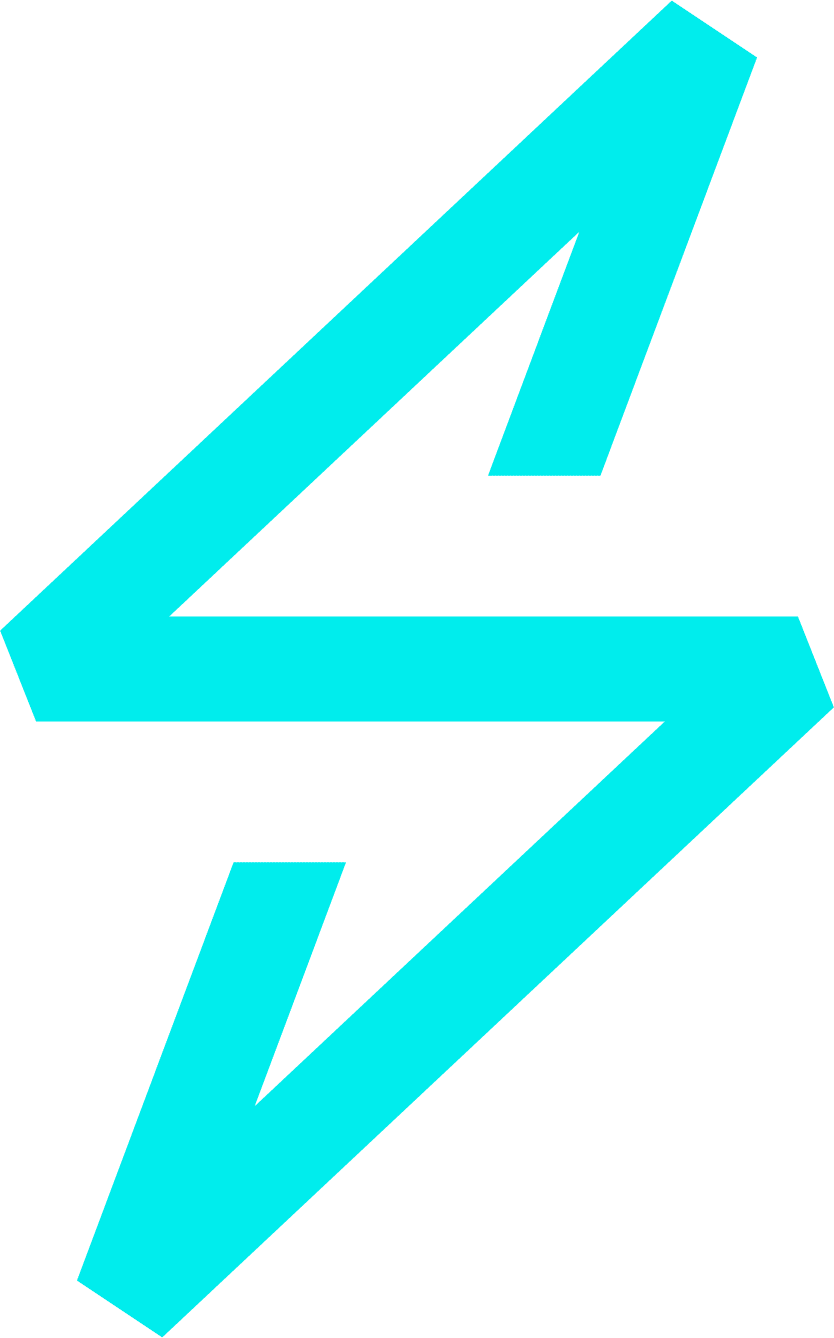By iA Private Wealth, June 13, 2022
If you own a home and hold a mortgage, you’ve likely heard about a home equity line of credit, or HELOC. If you’re planning on owning a home in the near future, you’ll want to know more about this convenient way to borrow money.
What’s a HELOC?
A HELOC is technically a second mortgage, but in many respects it’s more like a revolving line of credit or a credit card. That’s because, while your bank or mortgage company may approve you for a HELOC, you’re not charged unless you withdraw funds. Unlike a credit card or even a traditional line of credit, however, the interest rate on the money you withdraw from a HELOC is quite low because it’s secured against the equity in your home.
How does it work?
There are different types of HELOCs — ones that are combined with a mortgage and ones that are guaranteed by your home but not connected to your mortgage. The amount you qualify for can vary but a good rule of thumb is that you can be approved for up to 65% of your home’s purchase price or market value.
What are the benefits and risks?
A HELOC offers a convenient way to access the equity in your home for renovations or as an emergency source of funds. And it can be a smart way to consolidate your other debts, particularly high-interest credit card debt.
When deciding whether a HELOC is right for you, a little common sense will go a long way. For instance, taking out a HELOC for big ticket expenditures like fancy cars or lavish vacations is clearly not a prudent decision. Likewise, using a HELOC for non-essential home renovations during a recession, when job security can be fragile, is also a bad call. As long as your income is sufficient and stable, and your purpose for the HELOC is sensible, the risk of falling into a debt trap is generally low.
While a HELOC’s interest rate is comparatively low, it can go up if the Bank of Canada raises rates, as it’s doing right now. And, like a mortgage, your lender expects you to make a minimum payment each month on the interest and principal you owe. So when you’re crunching the numbers and deciding if a HELOC is right for you, be sure that you’re not stretching your finances thin, as rapid rate hikes could make your monthly payments significantly higher than at the outset of the loan.
Be aware also that there are other costs associated with getting a HELOC, from home appraisal fees to legal and title search fees, among others.
Finally, before signing the dotted line, be sure to carefully read the HELOC’s terms, as they may include provisions you won’t be comfortable with. For example, in certain circumstances lenders can demand that you pay the full amount owing. And if you miss payments, your credit score can be affected and your lender may take possession of your home.
New HELOCs have been created at an accelerated rate in recent years and many experts worry that Canadians are relying too heavily on them. When interest rates rise rapidly, many homeowners may find it difficult to keep up. So it’s important to understand the risks and know your financial limits.
Want to learn more about HELOCs or other ways to borrow? Contact us today.






